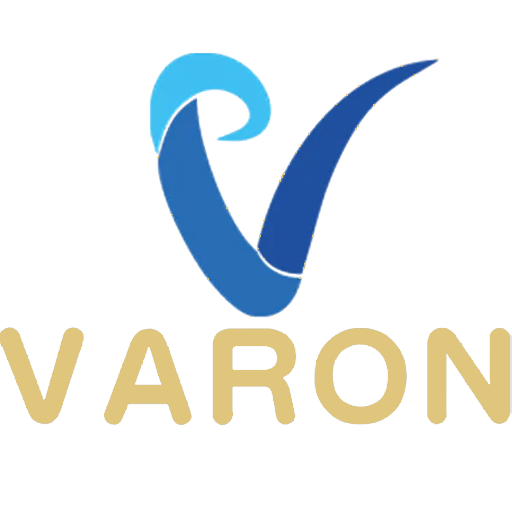In times of public health emergencies, such as pandemics or natural disasters, the importance of home oxygen concentrators cannot be overstated. These devices play a crucial role in ensuring the provision of life-saving oxygen therapy to individuals in need, particularly those with respiratory conditions or compromised lung function.
When a Public Health Emergency Occurs

During a public health emergency, such as the outbreak of a respiratory virus like COVID-19, the demand for oxygen therapy often surges. Hospitals and healthcare facilities may become overwhelmed, leading to shortages of oxygen tanks and hospital beds. In such situations, home oxygen concentrators serve as a vital alternative, providing continuous oxygen supply to patients in the comfort of their own homes.
Home oxygen concentrators are designed to extract oxygen from the surrounding air and deliver it to the patient at higher concentrations. Unlike traditional oxygen cylinders, which require frequent refills and may pose logistical challenges during emergencies, home oxygen concentrators are self-sustaining and can operate continuously for extended periods.
During a public health emergency, home oxygen concentrators become indispensable tools for managing respiratory distress and preventing complications in patients with conditions such as chronic obstructive pulmonary disease (COPD), pneumonia, or acute respiratory distress syndrome (ARDS). By facilitating oxygen therapy at home, these devices help alleviate the burden on healthcare systems and reduce the need for hospital admissions.
Moreover, home oxygen concentrators offer greater flexibility and mobility for patients, allowing them to receive oxygen therapy while remaining in familiar surroundings. This not only enhances patient comfort and quality of life but also reduces the risk of exposure to infectious pathogens in crowded healthcare settings.
In the context of public health emergencies, the widespread availability and use of home oxygen concentrators can significantly enhance the overall response efforts. By decentralizing oxygen therapy and empowering patients to manage their condition at home, these devices contribute to greater resilience and capacity within healthcare systems to cope with surges in demand during crises.
VARON Home Oxygen Concentrators: Your Reliable Companion in Emergencies
VARON 1-7L/min Home Oxygen Concentrator VH-1
VARON 1-7L/min Home Oxygen Concentrator VH-2
1-7L/Min Home Oxygen Concentrator VH-3
The VARON Home Series, our advanced home oxygen concentrator, ensures continuous-flow oxygen supply for both home and on-the-go use.
- It offers high-concentration oxygen delivery up to 95%.
- With adjustable flow rates from 1-7L, it caters to individual needs with precision.
- Featuring a superior lithium sieve, the VH Series provide robust adsorption for optimal oxygen yield.
- Its energy-efficient pure copper oil-free compressor operates quietly for up to 72 hours, consuming minimal energy.
- A nebulizer function allows for simultaneous oxygen therapy and nebulization, enhancing user convenience.
- Automatic humidification technology eliminates manual water addition, reducing irritation associated with dry oxygen.
- A ten-layer filtration system ensures clean, contaminant-free oxygen for enhanced respiratory health.
- User-friendly design with a large panel and hidden display, along with additional functions like SOS feature, timer operation, and sleep mode.
- Weighing just 10 pounds, it's lightweight and compact, perfect for portability during emergencies.
The VARON Home Oxygen Concentrators combine advanced technology, sleek design, and intelligent features to provide a comprehensive respiratory solution, ensuring peace of mind during public health emergencies.
Conclusion
Home oxygen concentrators play a pivotal role in responding to public health emergencies by providing essential oxygen therapy to patients in need. Their reliability, ease of use, and ability to deliver oxygen therapy at home make them indispensable assets in ensuring the continuity of care and mitigating the impact of respiratory emergencies on healthcare systems and communities.



